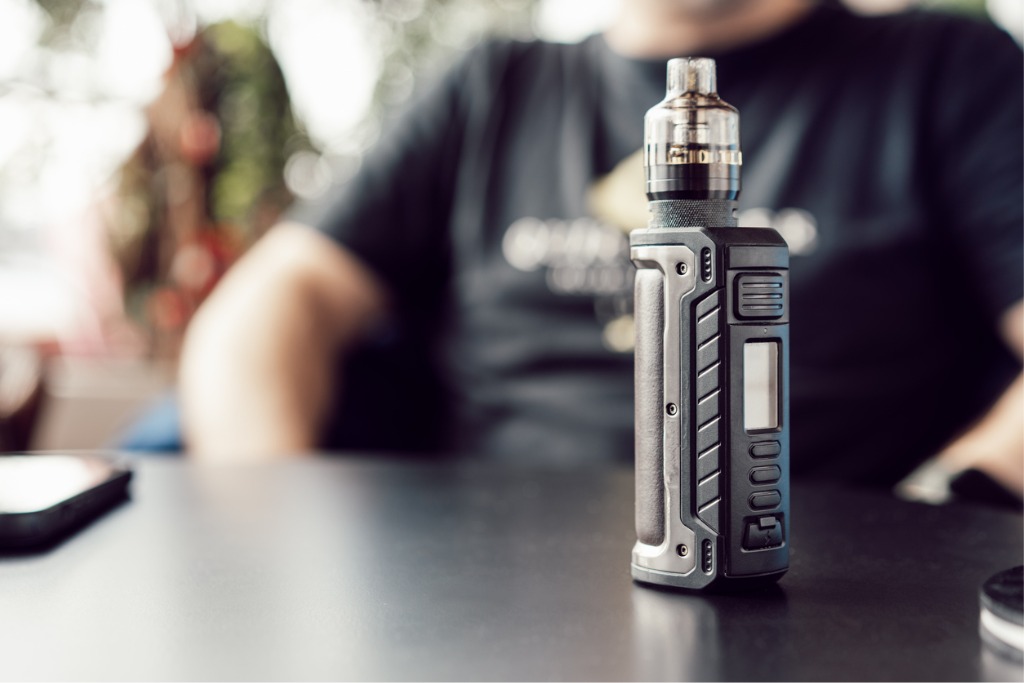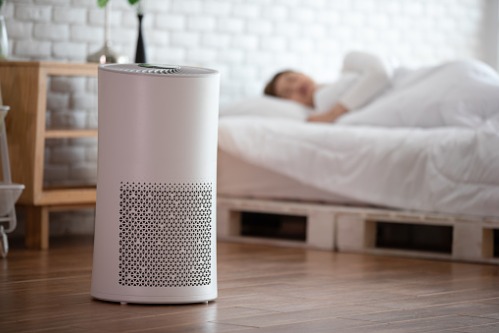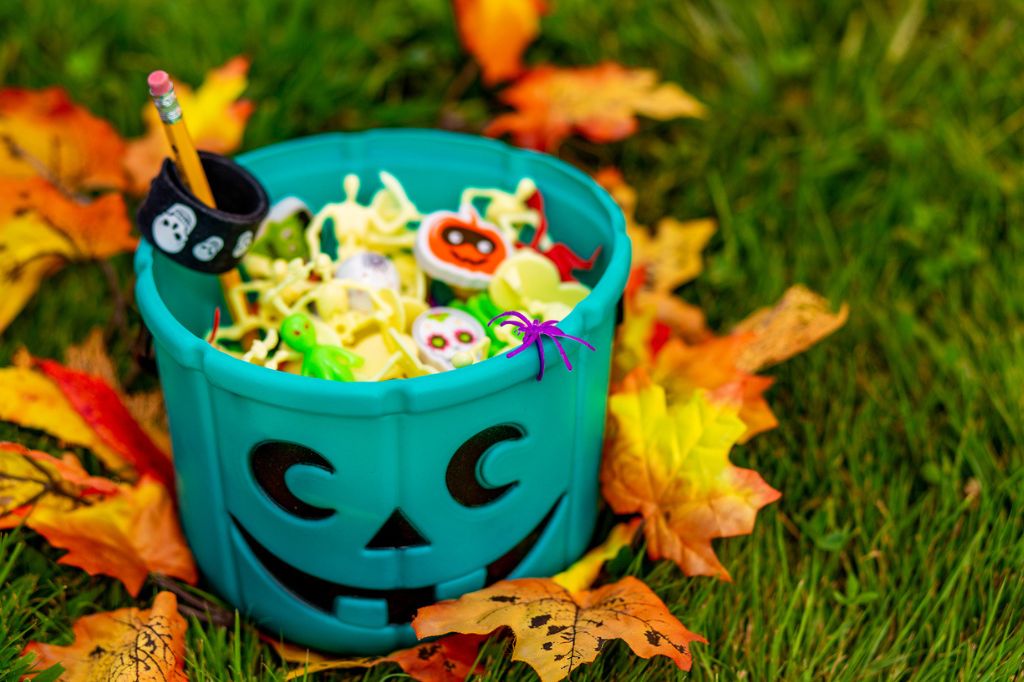
Allergy-friendly Halloween Tips: Make This Halloween Safe and Fun for All
Halloween is a magical time for kids, filled with costumes, trick-or-treating, and of course, candy. But for children with food allergies, this festive night can be a bit more complicated. Traditional treats often contain allergens that can make participation in Halloween activities risky. Luckily, with a little extra planning and awareness, you can make Halloween both fun and safe for everyone — including kids with food allergies.
Here are some simple but effective tips to ensure an allergy-friendly Halloween:
1. Join the Teal Pumpkin Project
 One of the best ways to create an allergy-friendly Halloween is by participating in the Teal Pumpkin Project, a nationwide initiative to raise awareness of food allergies and promote the inclusion of non-food treats for trick-or-treaters. Here’s how you can get involved:
One of the best ways to create an allergy-friendly Halloween is by participating in the Teal Pumpkin Project, a nationwide initiative to raise awareness of food allergies and promote the inclusion of non-food treats for trick-or-treaters. Here’s how you can get involved:
- Place a Teal Pumpkin Outside Your Home: A teal pumpkin signals to trick-or-treaters that you’re offering non-food treats, which are safe for kids with food allergies.
- Offer Non-food Treats: Stock up on fun alternatives like small toys, stickers, glow sticks, or bubbles. These items are not only allergy-friendly, but they add variety to the typical candy haul.
- Add Your Home to the Teal Pumpkin Map: You can register your house as a Teal Pumpkin home so families with food allergies know where to find safe treat stops in your neighborhood. Click here to add your home!
By displaying a teal pumpkin, you’re showing that you support kids with food allergies and making Halloween inclusive for everyone.
2. Offer Allergy-safe Treats
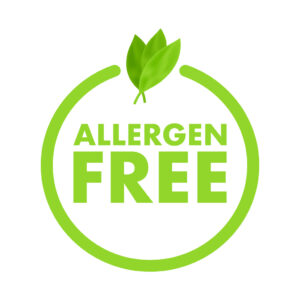 If you still want to provide candy, it’s important to carefully choose allergy-safe options. Here are some things to keep in mind:
If you still want to provide candy, it’s important to carefully choose allergy-safe options. Here are some things to keep in mind:
- Check Ingredients: Common allergens like nuts, dairy, eggs, soy, and gluten can be found in many popular candies. Make sure to read the labels carefully before offering any treats.
- Consider Allergy-free Brands: Several candy companies offer allergy-friendly options, free from the top allergens. Brands like Enjoy Life Foods and Free2b are great alternatives that many families with food allergies trust.
- Watch for Cross-contamination: Even if a candy doesn’t contain allergens, it may be processed in a facility that handles allergens, which can still pose a risk. Be sure to check for cross-contamination warnings on packaging.
3. Make Halloween Treats About More Than Just Candy
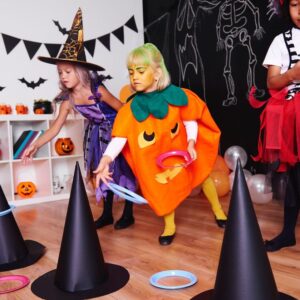 Another great way to make Halloween enjoyable for all kids is to shift the focus from candy to other fun activities. Consider organizing a Halloween event that includes games, costume contests, and non-food prizes. This way, children with food allergies can fully participate without worrying about what they can or cannot eat.
Another great way to make Halloween enjoyable for all kids is to shift the focus from candy to other fun activities. Consider organizing a Halloween event that includes games, costume contests, and non-food prizes. This way, children with food allergies can fully participate without worrying about what they can or cannot eat.
4. Keep Note of These Candy Facts
Here are some fast candy facts from Food Allergy Research and Education (FARE) to help keep trick-or-treaters safe:
Candy Corn
Candy corn is often made with egg whites, which can trigger allergic reactions. If you’re handing out candy corn, make sure it’s clearly labeled, and consider alternatives that are egg-free or made with safer ingredients, like sesame oil.
Mini or “Fun Size” Candy
Be careful with mini or “fun-size” candy bars. These smaller versions may contain different ingredients than their full-size counterparts. Always double-check the labels.
Previous Favorites
Just because a particular candy was safe in the past doesn’t mean it still is. Manufacturers can change ingredients from year to year, so it’s important to read the label every time, even for candy that has been trusted in the past.
“Allergy-free” Labels
While some candies are marketed as “allergy-free,” it’s important to understand that there’s no such thing as a universal allergy-free candy. The top nine allergens account for the majority of reactions but always check for ingredients to ensure they’re safe for your child’s specific allergies.
5. Teach Your Kids to Be Allergy-savvy

If your child has food allergies, Halloween can also be an opportunity to teach them how to manage their condition while still having fun. Encourage them to sort through their candy haul with you to identify what’s safe to eat. Teach them about hidden allergens, how to read labels, and when to avoid certain treats.
6. Always Have an EpiPen or Allergy Medication Handy
For children with severe food allergies, an allergic reaction can occur even with the best precautions. It’s essential to carry an epinephrine auto-injector (EpiPen) or other allergy medications when trick-or-treating. Make sure that anyone supervising your child is aware of their allergies and knows how to use an EpiPen in case of an emergency.
Make Halloween Magical with the Teal Pumpkin Project
By following these tips and participating in the Teal Pumpkin Project, you can make Halloween a safe, inclusive, and enjoyable experience for kids with food allergies. At Northeast Allergy, we’re dedicated to helping families manage allergies year-round. If you have concerns about managing your child’s allergies during the holidays, feel free to reach out to our team for personalized advice and care.
